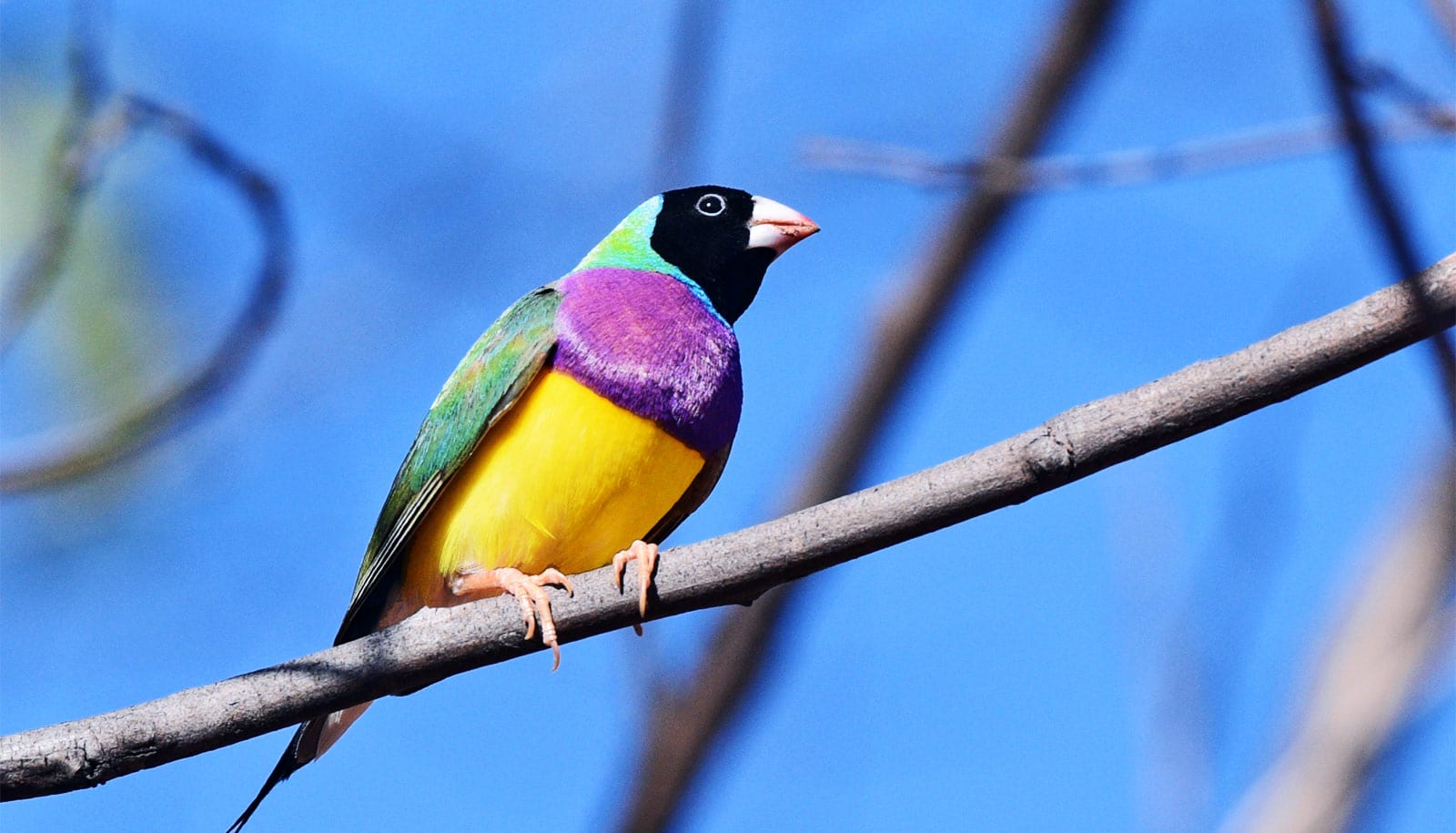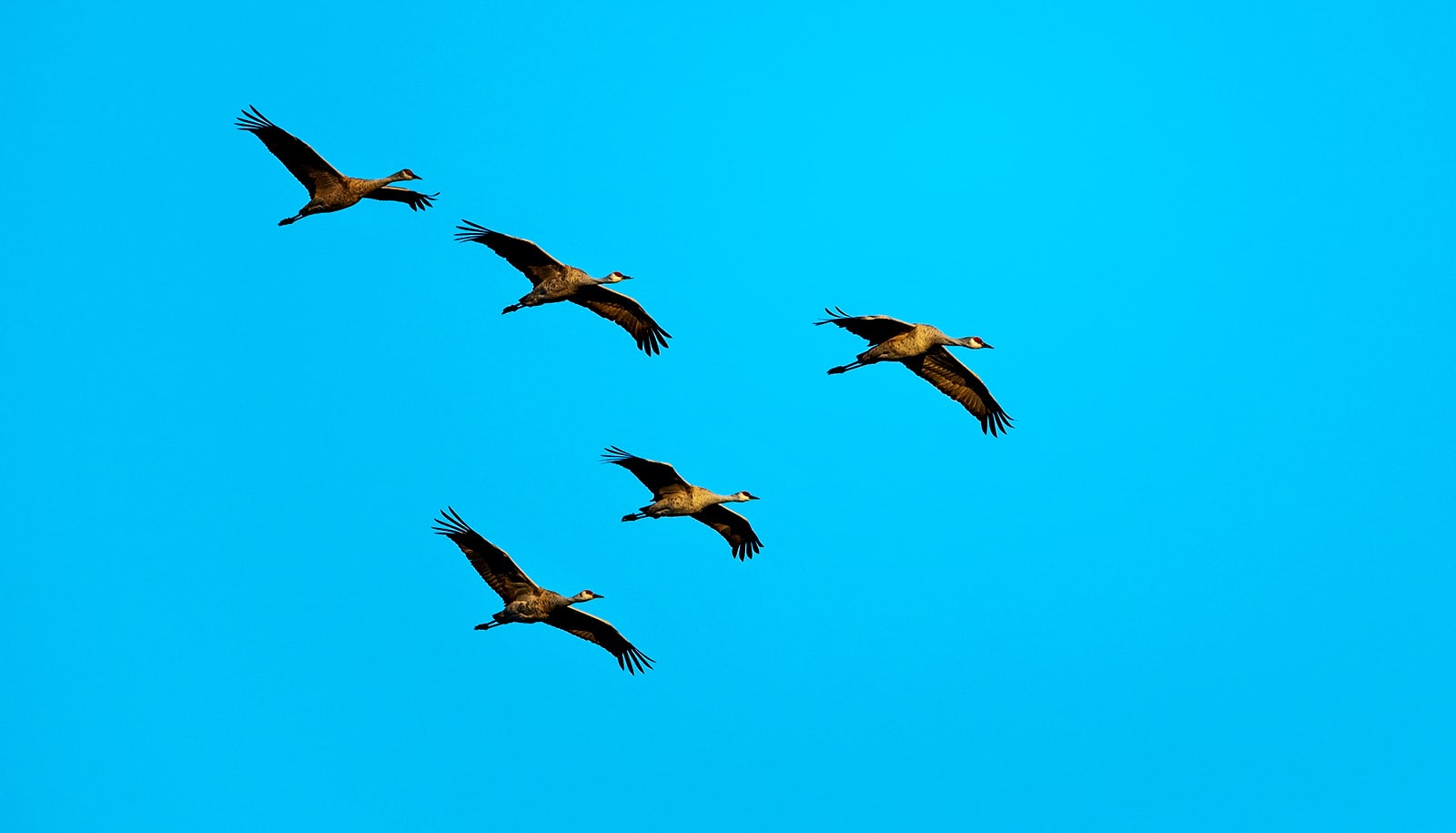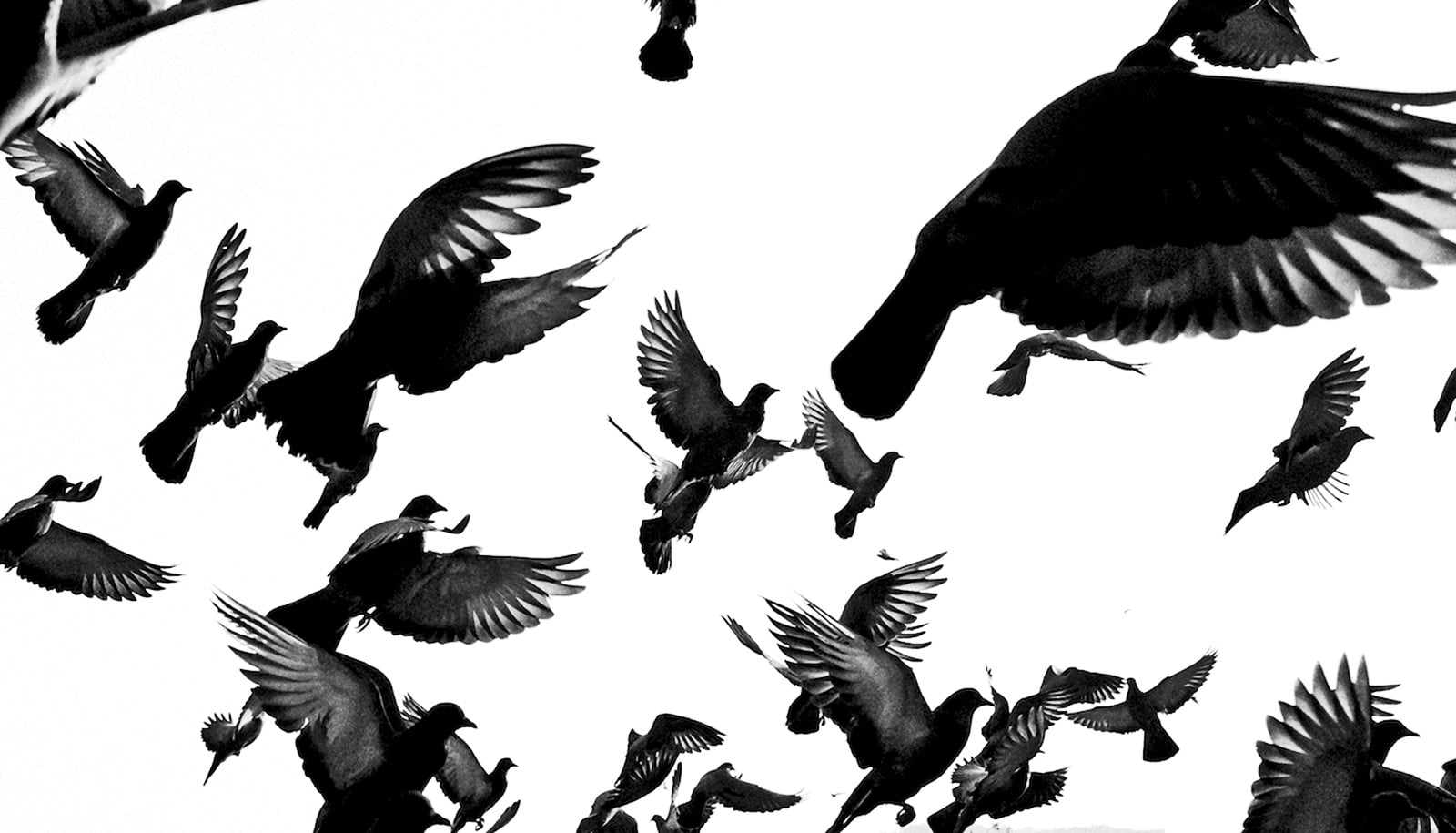All perching birds—the majority of the world’s bird population—originated in Australia, researchers report.
These birds—also known by their order name, passerines—comprise more than 6,000 species, including familiar birds like cardinals, warblers, jays, and sparrows. Passerines make up more than 60 percent of all feathered friends known to humankind.
While scientists know a lot about their birdsong, mating rituals, and anatomy, they haven’t fully understood the origin of passerines, which determines how different species developed and their relationship to one another. It turns out, according to the new research, that sweet Carolina wren at your feeder actually has a very long-lost ancestor, 47 million years ago or so, in the land Down Under.
Spreading across the world
Previous hypotheses about passerine evolution and diversification purported that perching birds originated from South America. Now a clearer picture of an Old World origin and patterns of movement that global climate change, mass extinction, or the colonization of new continents influenced has come into focus.
The researchers conducted genomic testing using technology that did not exist 10 years ago. They analyzed DNA data from the 137 families of perching birds. Some of the museum samples the researchers used were up to 100 years old.
“Previous studies only looked at one or a few genes,” says Edward Braun, a professor of biology at the University of Florida. “What makes this study unique is one, the broad sampling across the genome, and two, the comprehensive nature in that we captured all major groups of perching birds. The third factor is the integration of the fossil records and biogeography, along with the comprehensive genomic sampling.”
History’s influence
Using this genomic data, as well as knowledge of the Earth’s shifting history when continents were closer to each other, the team discovered that this history was the primary factor in the evolution of passerines.
“A lot of people thought that factors that drove movement were radiation, expansion of numbers, things linked to climate change,” says Rebecca Kimball, professor of biology. “We’ve shown that is less likely.”
“The evolutionary history of perching birds—when they moved, when they diversified was very much shaped by Earth’s history,” says Braun.
“They were passengers on parts of the planet. It was the history of the planet that determined when and where they moved.”
“This study showcases the critical importance of museum collections in explaining the living world,” says David Cannatella, a program director at the National Science Foundation. “By integrating modern, cutting-edge analysis of bird specimens with the legacy of natural history, the authors have uncovered valuable insights into how Earth history has influenced species diversity and what it means for the future of life on Earth.”
Sequencing from these passerine genomes is the first paper that will contribute to Open Wings, a project the National Science Foundation funds that aims to understand the evolutionary history of all 10,560 named species of birds. Braun and Kimball are both principals on this project.
“With Open Wings, our plan is to build on this. Hopefully, we will manage to have this tree leap out to include all species of birds. That’s a potential for the future,” says Braun. “We need to know the broad brushstrokes before we focus in on every single group.”
This research will appear in the Proceedings of the National Academy of Sciences. The National Science Foundation funded this research.
Source: University of Florida



